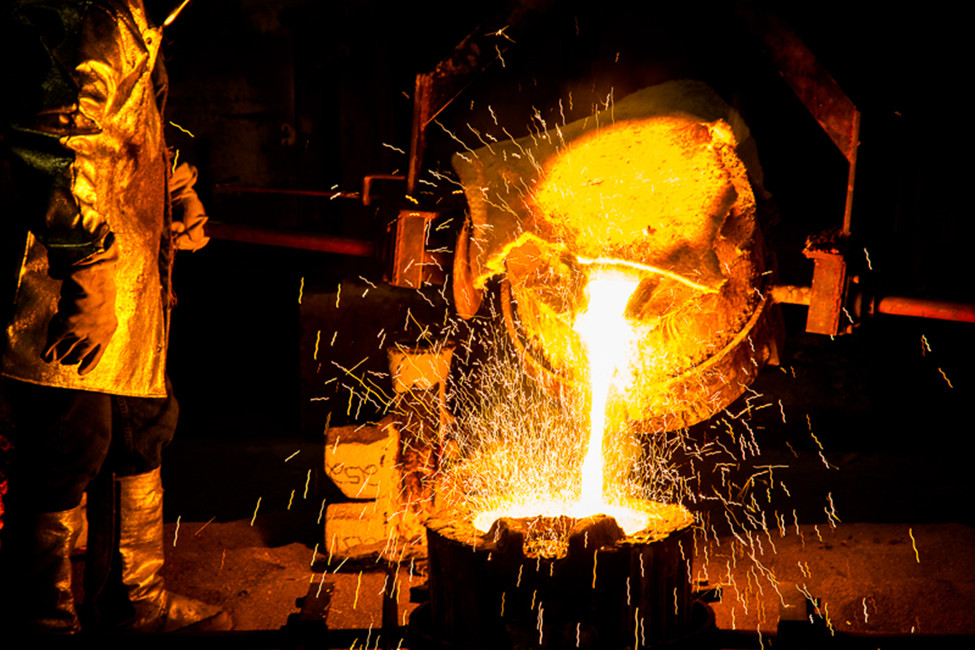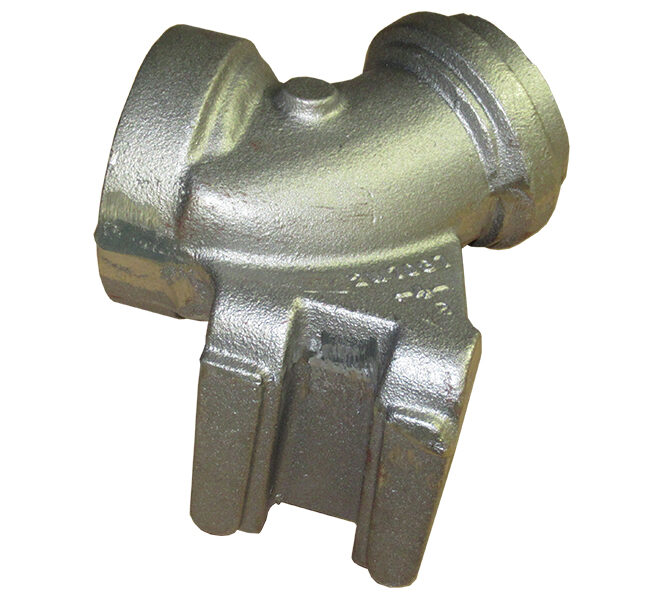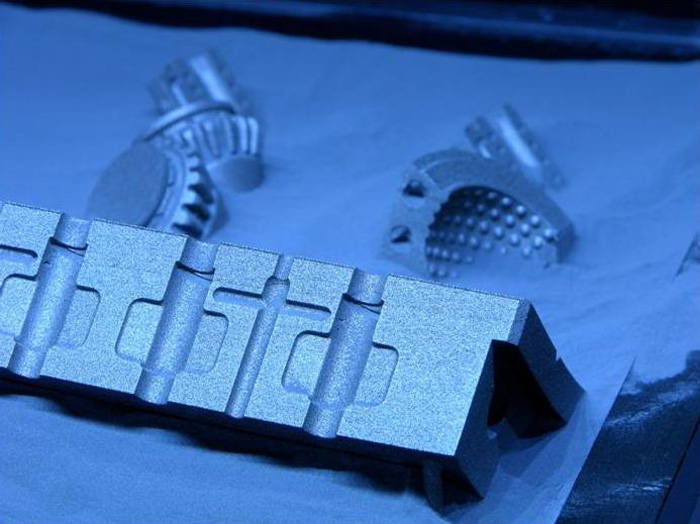One of the key traits of gray iron is its ability to resist wear even when oil supply is limited for lubrication. That is why many designers have looked to this metal when creating engine components, gear blanks, housings, cylinder heads, manifolds, cast iron frying pans, manhole covers machine bases, brake components and many other products. And, before the ideas hit the canvas the engineers and designers know that this material has excellent vibration damping capacity that is 20-25 times higher than steel and is better than all other cast irons and has great machinability.
Cast iron properties (hardness) can be sometimes challenging, so careful selection of your machine tools is important. Coated carbides are usually very effective in most machining environments, but with continuous improvement newer technology materials are constantly changing and new decisions are getting made.
Depending on how your products get used you can choose many surface finishes. Common applications would be powder coating, thermal spraying, conversion coatings porcelain enameling and electroplating. Your choice of coating will be important in determining a reliable finished component.
Common mechanical properties for cast iron are the hardness, the fatigue strength, tensile strength, ductility, elasticity, and toughness – the ability to absorb energy. A great place to learn more about some of these properties is from “Iron Alloys” which is a great reference from the American Foundry Society.
So, what is the scope of your project? Is gray iron in your future. We will be interested to see what you put on your canvas of ideas, and we are always ready to help you.



 Welcome to The Casting Company, Inc.
Welcome to The Casting Company, Inc.